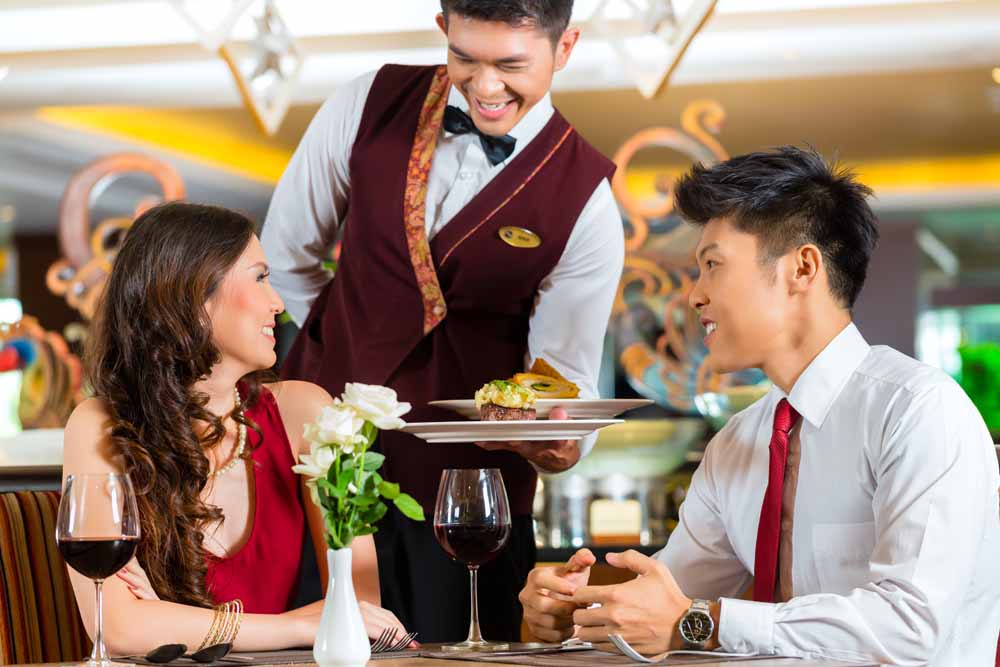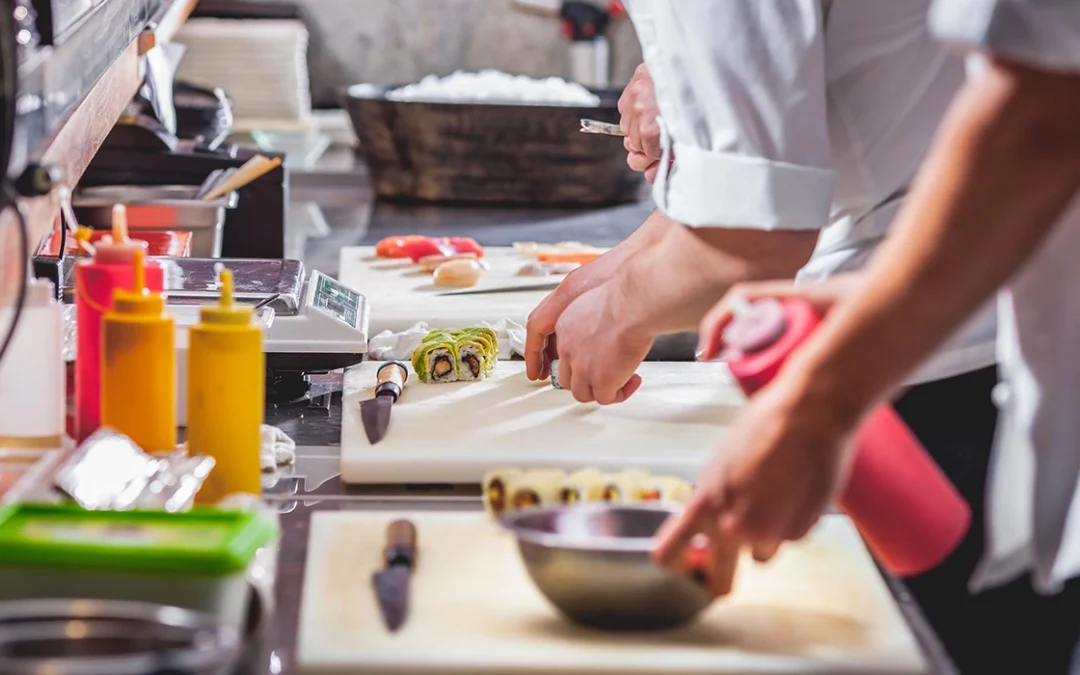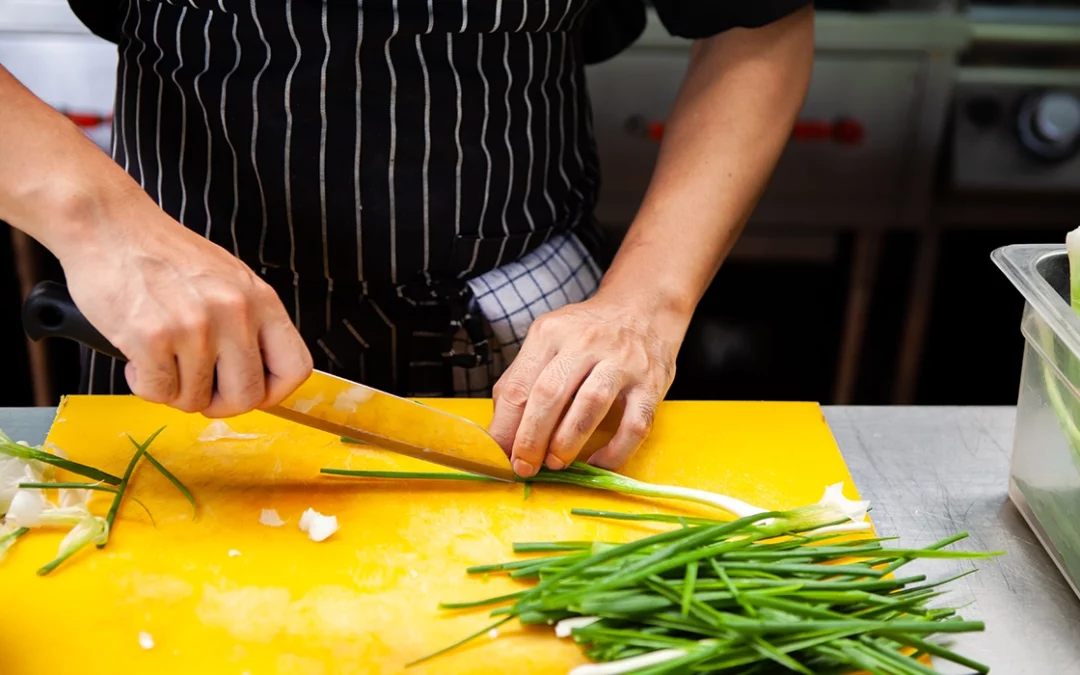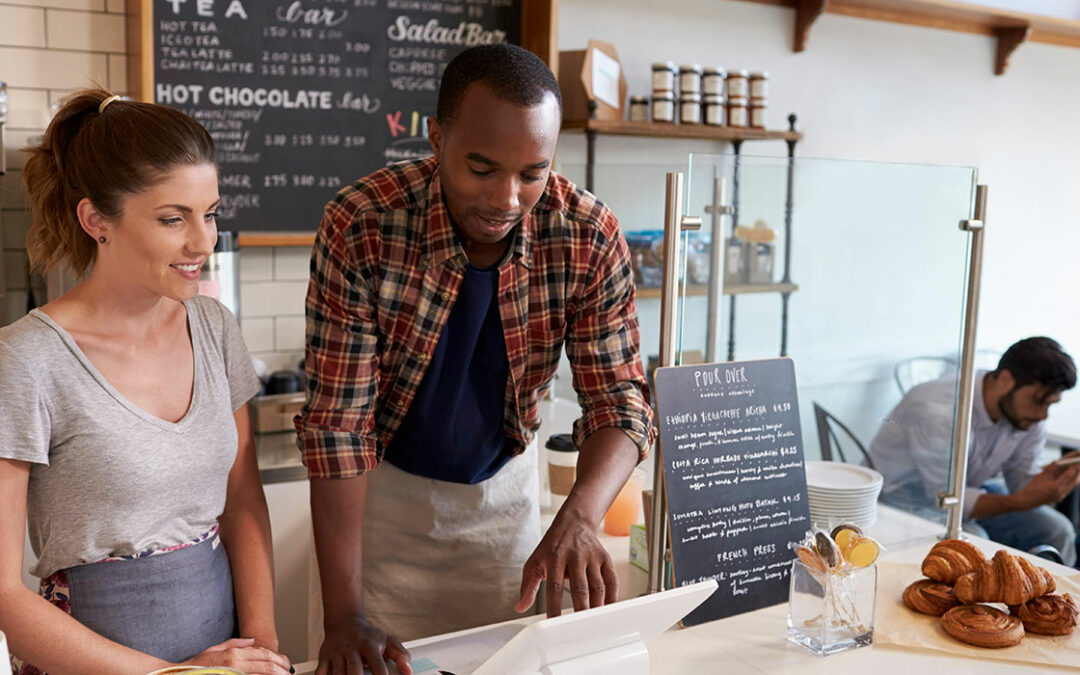Knowing when to suggestively sell is just as important as the suggestion itself. Use your waitstaff sales training program to teach your staff about using these windows of opportunity to increase check averages.
Greeting and Beverage Window: First and foremost, greet customers quickly. Always have a specific idea of the beverages you’re going to suggest, using the Law of Primacy and Recency. All primacy and recency means is that people tend to remember the first and last things you say.
Here’s how it works. Just mention the menu item twice when suggesting it to your customers — in general at first, then get more specific at the end. Say you want to increase your specialty coffee sales. This could be your approach: “Hello, what can I start you off with to drink? Coffee, a soft drink, an iced tea (nodding)? Tonight we’re featuring our cappuccinos and lattes.”
Appetizer Window: After returning with the beverage order, assume your guests want an appetizer. You may hear “no thanks” from a four-top when you suggest something, but that doesn’t mean you shouldn’t try again with another four-top. In assuming the sale, you’re confident that not only you can sell, but also your customers want to buy. It’s a fact of life that salespeople are in the business of assuming success, not failure. Listen to the assumption used in this dialogue: “Have you had a chance to look over the appetizers? Which can I bring you?”
Entree Window: Describe daily specials and compliment guests on their selections (“Good choice!”). Take the order, suggesting sides or extras that go well with the entree. Grilled onions, bacon and mushrooms would enhance a burger, a side of guacamole would suit that burrito. At some point in the Entree Window, remind guests to save room for dessert with (“Don’t get too filled up. Our Chocolate Decadence Cake is out of this world and our Peach Cobbler is to die for.”)
Wine Window: The best time to suggest and sell wine is after the entree orders have been taken. After repeating back the orders to ensure accuracy and before leaving the table, servers can use the wine list as a sales prop, pointing out specific selections that will complement the meal but never pressuring the guests. The soft sell: “I’ll give you a minute to look over the wines and be back to take your order. If you have any questions, please don’t hesitate to ask.”
Dessert Window: The Dessert Window includes suggesting desserts, coffee, tea, espressos, cappuccinos and other specialty beverages. If possible, use a dessert tray or specialty coffee list. Always suggest dessert before you mention coffee. Coffee tends to signal the end of the meal. If a guest declines dessert, suggest cappuccinos or lattes ahead of regular or decaf coffee.
Waitstaff Sales Training from Service That Sells!
In a restaurant, service and sales go hand in hand. Without sales, service can’t exist. And without service, you can’t sell anything. The Service & Sales Excellence Waitstaff Training Series is based on the Service That Sells!, a restaurant training philosophy developed by restaurant owners for restaurant owners. Click here to learn more about our online waitstaff sales training programs.





